Whilst her enigmatic smile has captured the hearts and minds of millions for centuries, the true identity of the lady known as Mona Lisa remains shrouded in mystery. Historians have long speculated that she is Lisa Gherardini, an Italian noblewoman, but a multitude of theories exist regarding her identity. The mastermind behind this historic masterpiece is Leonardo Da Vinci, whose artistic methods, design process and rumoured love for his subject will all be thoroughly examined and dissected. The indelible impact of Mona Lisa on not only the world of art but our wider cultural and historical landscape is profound, with a legacy that’s enduring and universally recognised.
The Identity of Mona Lisa
“Mona Lisa Unveiled: The Enigma of the Lady Behind The Masterpiece”
Hushed whispers and hallowed halls are familiar sights to disciples of art and culture. Each stride on marble floors of museums echoing nothing short of respect and reverence for creators long gone. Yet amongst these many renowned paintings and sculptures one, particularly, beckons all – La Gioconda or as we so fondly know her, Mona Lisa. Who is this woman with an enigmatic smile whose charm has survived centuries and still holds powerful sway in the annals of art history?
The masterpiece of the Italian polymath Leonardo Da Vinci, Mona Lisa’s appeal lies not just in her craftsmanship but in the wistful mystery around her elusiveness. Yet, where mystery surrounds, curiosity follows, igniting an irresistible urge to pull back the veil. So who exactly is the woman behind that beguiling smile?
Her life is etched in the earliest 16th century Florence, a vibrant city basking in the glory of the Italian Renaissance. The sitter in the artwork is believed to be Lisa Gherardini, born into a modest family in Florence. Known to be a woman of extraordinary beauty and virtue, she caught the eye of Florence merchant Francesco del Giocondo, thereby becoming ‘La Gioconda’, a reference to her married name.
Now one might wonder – how did a woman of such humble origins find herself immortalised by the quintessential genius, Leonardo da Vinci? It turns out; the Florentine merchant commissioned the portrait to celebrate the birth of their second child. Lisa Gherardini’s husband wished to capture her captivating charm, little knowing that his commission would one day be iconic worldwide.
Fashioned in oil on a poplar wood panel between 1503-1506, the Mona Lisa reflects Da Vinci’s obsession with ‘sfumato’, his patented technique of blurring outlines and merging tones. It captures Lisa Gherardini in a half-length pose, her wistful gaze and enigmatic smile illuminated against an ethereal landscape. This harmony between sitter and background was revolutionary for its time and has since assigned a unique status to the Mona Lisa.
Art inspires conversations, arouses emotions, uncovers truths, but also, art raises a plethora of questions. Mona Lisa is not just a painting; it is a captivating tale of an enigmatic woman locked behind a serene smile, stirringly brought to life by a brilliant mind. Her allure only intensifies, given the layer of mystery that da Vinci meticulously crafted around her. Yet, the greatest testimony to her beauty is even after 500 years, she continues to weave her magic, attracting myriad interpretations and countless admirers, ensuring that the lady known as Lisa Gherardini, the Mona Lisa, will never be forgotten.

Photo by cikstefan on Unsplash
Leonardo Da Vinci and Mona Lisa
Assigning the Conception of Mona Lisa to Leonardo Da Vinci
In delving deeper into the origins of the Mona Lisa, one cannot divorce the subject from the architect of her existence, the venerated maestro, Leonardo da Vinci. The enigma wrapped around Lisa Gherardini’s depiction may be captivating, but the lion’s share of the intrigue centres on da Vinci’s own creative process – the sparks that ignited his genius.
Suddenly, we find ourselves standing at the cutting-edge of the Renaissance, admiring an artist to whom the very concept of innovation was a constant muse. Leonardo da Vinci’s involvement, artistically and emotionally, in the conception of Mona Lisa remains a focus for scholars and enthusiasts alike.
Da Vinci laboured on this masterpiece for years—a testament to his exhaustive devotion and his penchant for perfectionism. Unlike many of his contemporaries, da Vinci never restricted himself to specifications or conventions. Instead, he distilled each subject, forming an intimate connection that transcended the canvas.
When he started working on the Mona Lisa, da Vinci didn’t merely set out to create a portrait; he was creating a symphony of emotions, etched softly in Gherardini’s facial expressions and filled with ambience in the backdrop. In his detailed notebooks, he meticulously charted every element impacting his artistic process; from lighting, to natural settings, to the human anatomy. Mona Lisa wasn’t just a figure to da Vinci; she was an enigma warranting a thorough exploration and interpretation through art.
Dedicating nearly sixteen years to the portrait of Mona Lisa, he took the model’s presence beyond the mundane, into a realm of idealisation. He seconded this with expertise in human anatomy, studying the muscles and nerves controlling facial expressions. Hence, her enigmatic smile – a testament to da Vinci’s profound understanding of human emotion, and the complexity that lies behind a seemingly simple expression.
Moreover, the unique positioning of the hands in the painting also affirms his thorough knowledge of physics and geometry. Da Vinci has painted Lisa’s right hand folded over her left, rendering an illusion of depth to the armrest. This tricks the onlooker’s eyes into believing the armrest is protruding out towards them—a striking example of the remarkable perspective technique he developed.
Lastly, the innovative use of atmospheric perspective in the painting also accredits da Vinci. The serene and fantastic landscape obscured through wisps of sky and fading mountains–a technique he coined as aerial perspective–creates Mona Lisa’s dream-like milieu. It validates his deep interest in the mysteries of nature and the transitory elements that immensely influenced his artistic narrative.
Thus, moving past the facial characterization of Mona Lisa, da Vinci’s role in the transcendent backdrop leaves an undying imprint on the collective conscience. It communicates the blurry line separating reality from fantasy in his mind—an aspect vividly resonating with the visionary artist’s soul.
To encapsulate, the creation of Mona Lisa was more than just a commissioned project for Leonardo da Vinci. It was an intimate exercise in human emotion, an exhaustive study of the natural world, and essentially an introspection into his own boundless curiosity. Each brushstroke reflects his ardour for perfection and innovation; and serves as a timeless homage to the luminary that he was. As we stand in awe, appreciating the Mona Lisa, we’re not merely observing a breath-taking portrait but experiencing da Vinci’s creative universe.
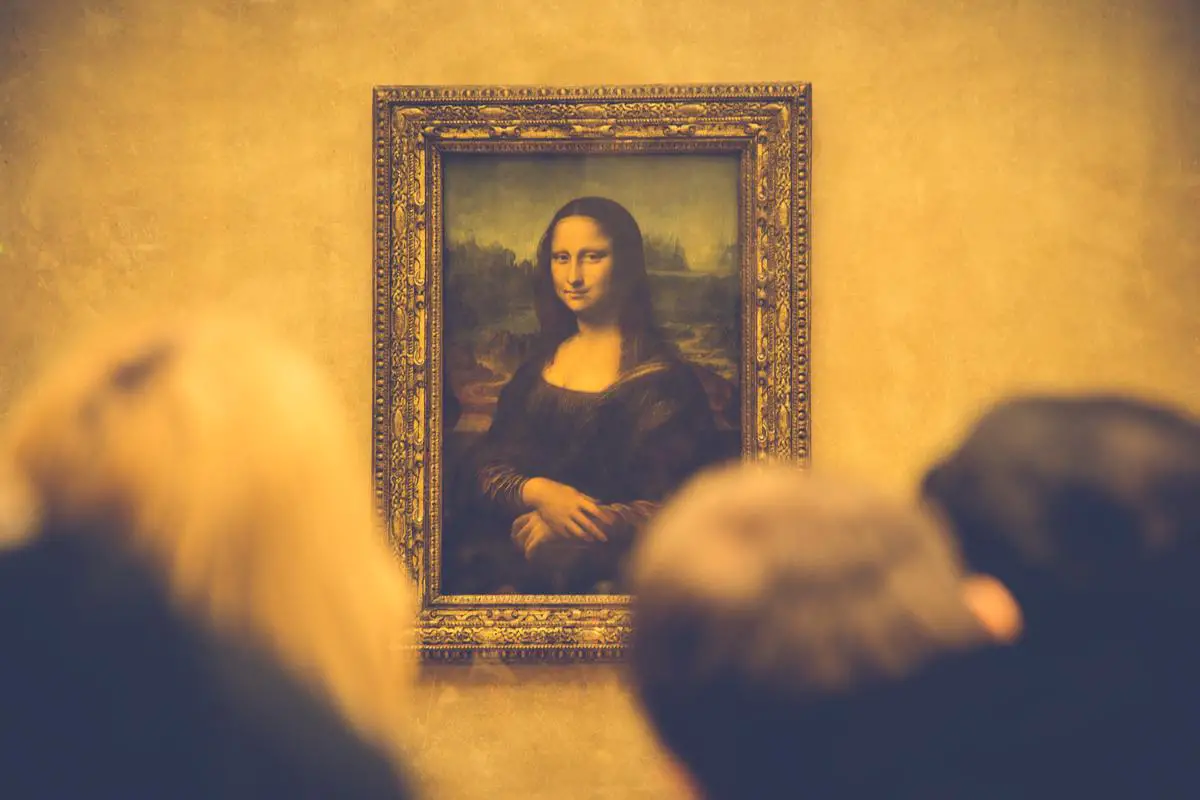
Mona Lisa’s Enigmatic Smile
Dramatically suspended within da Vinci’s brushstrokes, lies Mona Lisa’s fascinating smile, a captivating interplay of light and shadow. It’s here, within this enigmatic expression, that the real intrigue of this illustrious portrait resides. Mona Lisa’s smile – an elusive, transient expression – is emblematic of human emotion in its most authentic form.
Art scholars suggest this elusive expression stems from a meticulously crafted dance of light and shadow orchestrated by da Vinci. His ventures into the world of science, particularly into optics and human anatomy, powered his ability to capture and convey the transient nature of human emotions. This knowledge of optics allowed him to wield light and shadow with surgical precision, thus fashioning an enigmatic air around Mona Lisa, and more specifically, her elusive smile.
Da Vinci’s artistic process was dynamised by his relationship with perfection. Employing the same meticulousness he brought to his scientific studies, he developed his technique of sfumato to blend colours flawlessly, creating soft edges in place of harsh lines. This approach breathed life into Mona Lisa’s enigmatic smile, endowing it with an almost uncanny quality – is she really smiling or isn’t she – leaves viewers to puzzle endlessly over the painting’s complex emotional matrix.
Immersing himself in the exploration of spatial relations, da Vinci was able to innovatively position Mona Lisa within the pictorial space, adding to the intrigue. This technique of using perspective to create depth and distance gives her a presence that is both real and beyond reach – just like her smile.
The atmospheric perspective prompts us to look beyond the anterior narrative. In the veiled blues and the distant, faintly blurred horizon, the world behind Mona Lisa reflects da Vinci’s profound fascination with nature. It serves as the visual equivalent of her enigmatic smile; offering a window into da Vinci’s imagination, his curiosity, and his sense of mystery.
While the Mona Lisa was indeed a commissioned work, da Vinci’s devotion to the painting exceeded the boundaries of obligation. It’s as if the painting provided an elusive stage for da Vinci’s own exploration of human complexity and his endless pursuit of the elusive truth. This painting transitioned from being a commercial assignment to being a personal expedition filled with discovery and understanding.
In the world of art, Mona Lisa holds a unique place, where simplicity connects with deep complexity. Da Vinci’s innovative use of perspective creates an enchanting play of visual perceptions, and through the enigmatic smile, the portrayal of human emotion acquires a whole new dimension. After all, isn’t life just like Mona Lisa’s smile – an intricate array of emotions that shifts with every changing perspective?
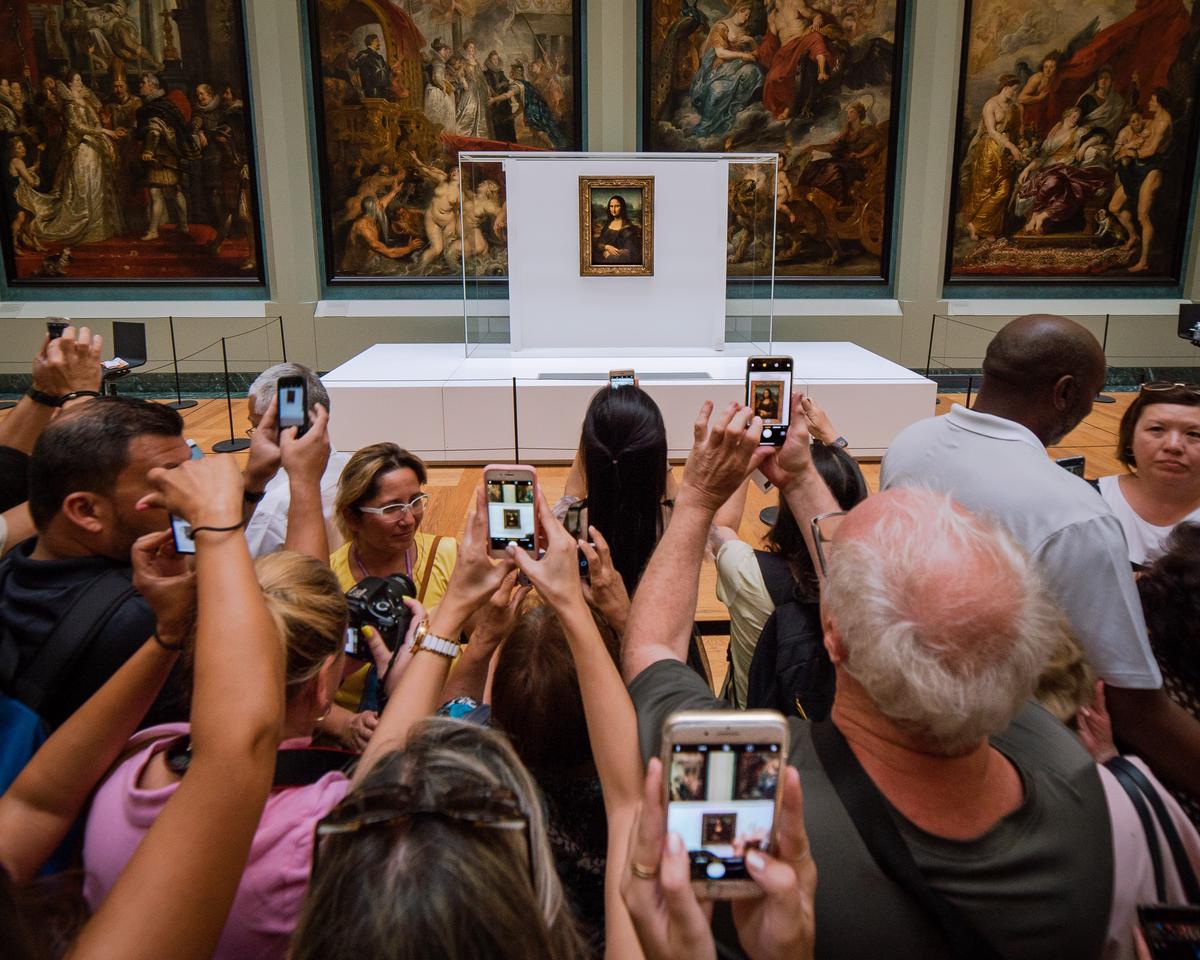
Mona Lisa’s Influence and Impact on Art and Culture
The Mona Lisa’s influence on art and cultural history is profound. It has played a crucial role in shaping modern notions of artistic brilliance as well as redefining aesthetic standards. Rendered by the masterful hand of Leonardo da Vinci, the painting has taken on an almost mythical status.
Conceptualised in the early 16th century, the Mona Lisa rewrites the narrative of traditional portraiture. This painting was to be a testament to his artistic genius, a reflection and culmination of his magnificent career. The Mona Lisa with her intimate gaze made a profound impact on the artistic sense of realism. Art enthusiasts across the centuries have marvelled at her seemingly flickering gaze, the one that follows viewers around the room.
The masterstroke, Mona Lisa paved the way for portraits focusing on individual psychology. da Vinci’s artistic approach revealed a detailed study of the human psyche, and this perspective was revolutionary during its era. Now, it is a universally acknowledged aesthetics in portraiture, underscoring the significance of Mona Lisa’s influence on art.
For centuries, the direct approach of da Vinci towards capturing human emotions primarily through the enigmatic smile of Mona Lisa has been an inspiration for artists worldwide. His insightful use of light allows a seamless transition from the subject’s facial contours to her neck, giving her a remarkable realism and depth. What is captures is a spectrum of human emotion that resonates with viewers symbolically, forcing an engagement on an existential level.
The mystery surrounding Mona Lisa’s smile has seeped into modern culture, inspiring countless interpretations and references in literature, music and cinema. The intricacies and interpretive freedom it offers make this work a cultural and artistic phenomenon. It provokes thought, incites discussion, and spurs creativity, thus redefining our understanding of art.
The Mona Lisa transcends the realm of traditional portraiture through its atmospheric background. The fantastic, unsettled landscape behind her mirrors the turbulent weather of human emotions. This unique juxtaposition of opposites – serenity and chaos, tangible and ethereal – creates a stunning contrast that stirs the viewer’s emotions. It suggests the painting was an exploration of the world beyond the canvas for da Vinci.
The Mona Lisa stands testimony to da Vinci’s relentless curiosity and ingenuity. The painting goes beyond the limitations of a mere commissioned portrait, turning into a self-reflective journey. The Mona Lisa blurs the lines between reality and illusion through its versatile narratives, adding to its allure and longevity.
Da Vinci’s innovative use of scale replicas, skillful light play, and atmospheric background indeed altered the course of art history. The Mona Lisa took art from being just a display of technical skill to being an interpreter of the human condition and the natural world.
The Mona Lisa provokes a dialogue about the complexity hidden within the simplicity. This duality resonates not just with art enthusiasts but reverberates with the whole of humanity. And this is her magic – the ability to connect with every viewer uniquely, becoming a timeless symbol of human emotions, an embodiment of the artist’s imagination, and a touchstone of cultural history.
The Mona Lisa is a beacon of art that shines across centuries, its glow reaching far into the corners of the art world. In its existence lies the silent whisper of a great artist’s soul, a coded language open for interpretation to all who gaze upon her.
It’s not just a painting; it’s da Vinci’s mirror reflecting humanity. It is through her enigmatic eyes, we catch glimpses of the hallowed passages of Renaissance, forever engraved in the annals of art.
Indeed, the Mona Lisa’s influence on the trajectory of art and cultural history is ineffable and eternal. A piece of art that resonates, engages, and forever evolves – such is the enigmatic world of Mona Lisa, a living paradox eternally frozen in time on canvas.
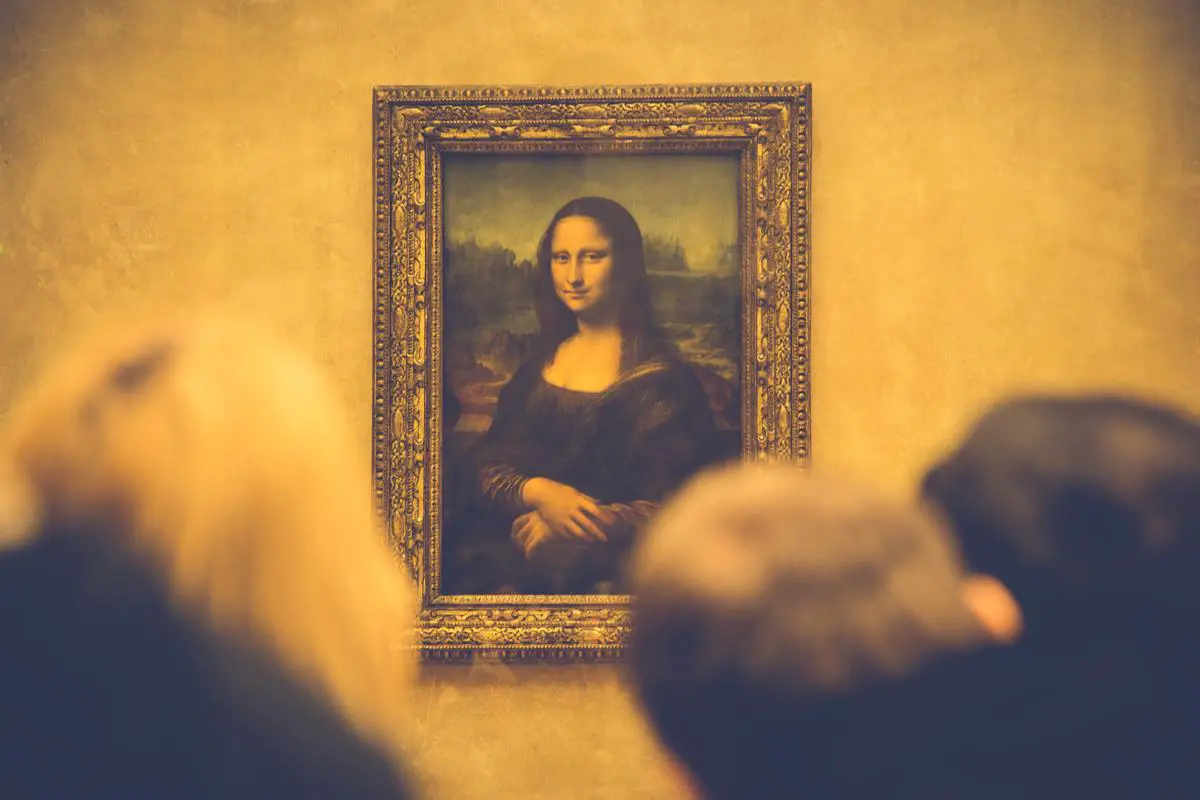
After exploring the enigmatic smile of Mona Lisa that has bewitched the world, one can only marvel at the depth of intrigue that surrounds this world-renowned piece. Leonardo Da Vinci, in his genius and creativity, created not just a painting, but an elusive enigma that transcends time. The impact and influence of Mona Lisa on art and culture far surpasses the scope of any other painting. Through her, we have seen our own humanity reflected and analysed in many ways, making her a defining part of our world’s cultural narrative.
Recommend0 recommendationsPublished in Art History
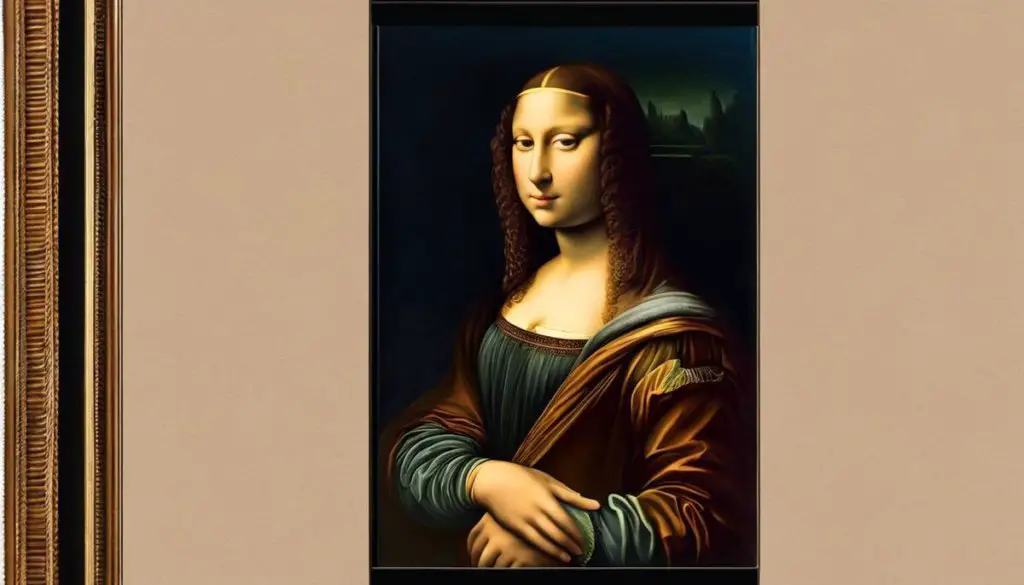

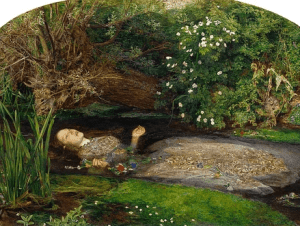




Responses